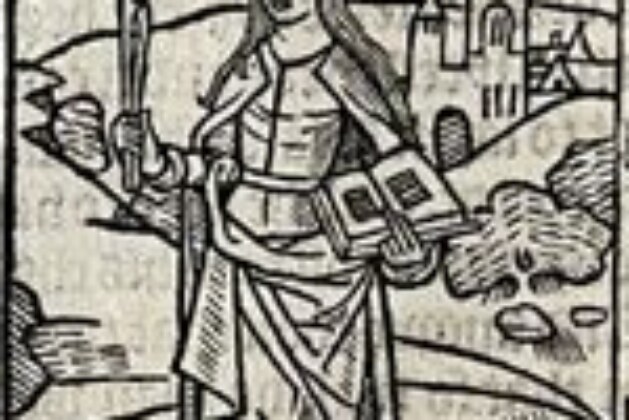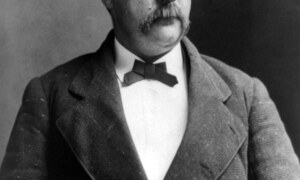While V.b.334 skews reticent concerning the method, the scene of her involuntary mastectomy dominates the iconography of Agatha’s legend throughout time, and it is almost always a gruesome affair. Agatha is often depicted strung up on the rack and stripped to the waist, breasts being pried from her chest by pincers; blood streams in lurid rivulets from the site of her wounds.
Back in prison, Agatha is visited by a “certen reverent old man” claiming to be a physician, who offers to heal her mutilated breasts. She resists his aid, for she deems intervention from “corporall medicine” to be unnecessary, stating: “I haue Ihes Christe my sauiour whoe healeth all thinges with his word.” Luckily for her, the stranger reveals that he is Christ’s apostle–with the reader understanding this to be St. Peter–and he restores her breasts via spiritual means before vanishing into the night.
Several days pass, and Quintianus, having caught wind of this miraculous intervention, sets into motion one last act of torture for Agatha, wherein “sharpe Potshardes and coales should be laid abroade, and that she should be laide vppon them.” Just before this can be carried out, an earthquake tears through the city, causing the walls around them to collapse and killing two of Qunitianus’ companions who had taken part in Agatha’s torture.
Agatha is put into prison for a final time, where she prays to God for deliverance, thereafter meeting her untimely end on her own terms. Don’t worry–Quintianus gets what’s coming to him. As he and his army embark on a mission to make away with Agatha’s family’s wealth, he is, with a befitting lack of ceremony, thrown off his horse, “wherby the iudgment of god he was by the way drowned in a Riuer.”




Leave a comment